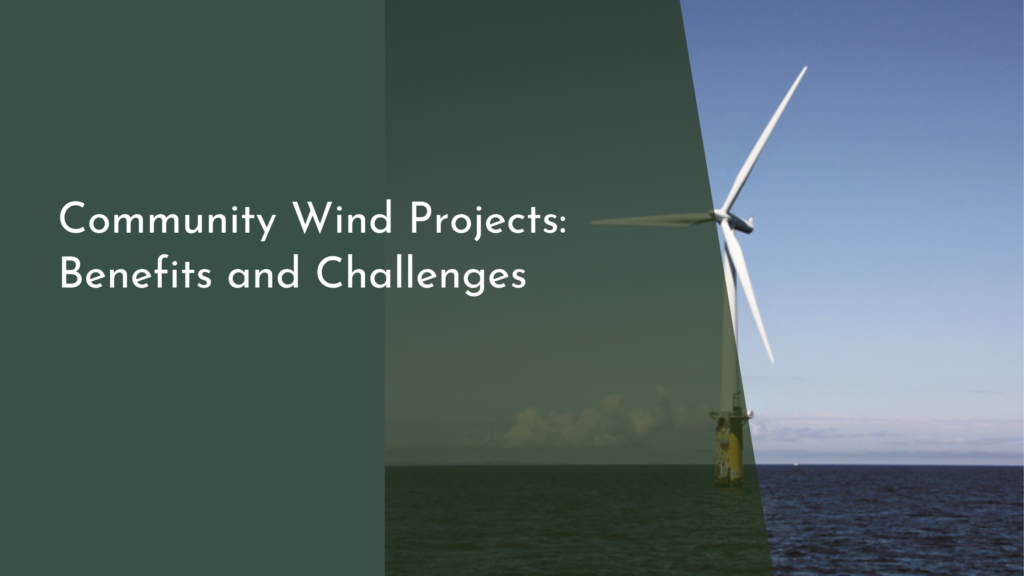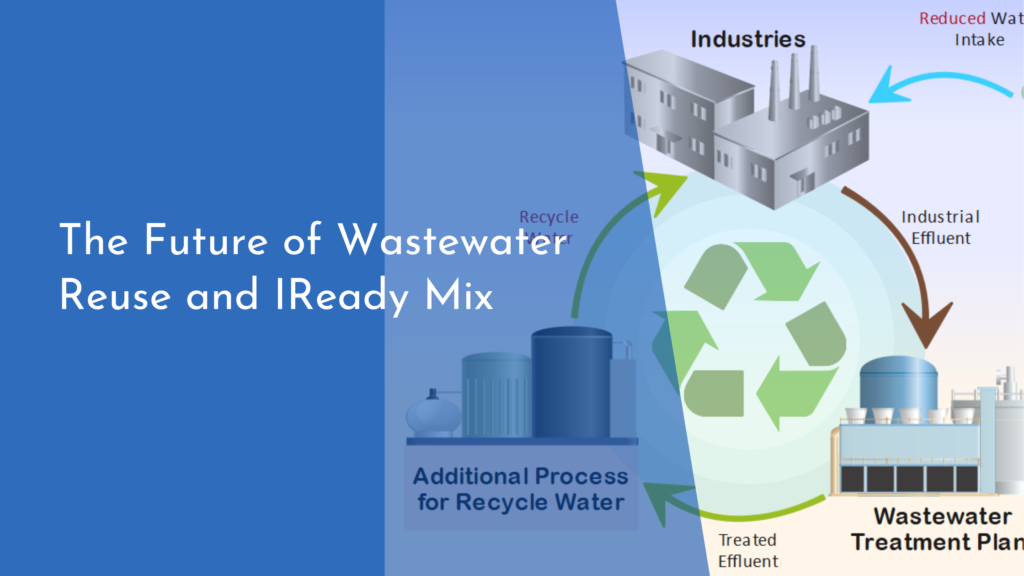Rooftop Wind Energy Projects in Urban Design
As cities continue to grow and evolve, the demand for sustainable energy solutions becomes increasingly critical. Rooftop wind energy projects have emerged as an innovative approach to harness the natural forces of urban environments. By capitalizing on the breezes that sweep through city landscapes, these initiatives not only contribute to renewable energy generation but also enhance the aesthetic appeal of urban skylines. In this article, we will explore the concept of rooftop wind energy, its transformative impact on cityscapes, the benefits it offers to communities, and the exciting innovations shaping the future of urban wind design.
Harnessing Urban Breeze: Rooftop Wind Energy Explained
Rooftop wind energy focuses on utilizing small-scale wind turbines installed on the rooftops of buildings to capture wind energy. Unlike traditional wind farms, which are often located in rural areas where wind flow is more consistent, rooftop turbines are strategically placed to take advantage of urban wind patterns. These turbines are designed to operate efficiently even at lower wind speeds, making them ideal for bustling city environments. As urban planners and energy developers recognize the potential of these systems, the integration of wind energy into urban design becomes more feasible.
Moreover, advancements in wind turbine technology have made rooftop installations more accessible and visually appealing. Modern turbines are compact and can be integrated seamlessly into the architectural features of a building. Vertical-axis wind turbines, for example, are gaining popularity for their smaller footprint and ability to capture wind from any direction. This adaptability ensures that urban buildings can participate in the renewable energy movement without compromising their aesthetic or functional value.
Transforming City Skylines: Wind Turbines on Rooftops
The introduction of rooftop wind turbines is reshaping the visual landscape of cities worldwide. What once might have been seen as a hindrance to urban aesthetics has now become a symbol of sustainability and innovation. Rooftop turbines can be designed to complement the architecture of the building, turning them into eye-catching features rather than mere equipment. This transformation not only enhances the skyline but also serves as a constant reminder of the commitment to renewable energy and sustainability.
Cities like Chicago and San Francisco are leading the charge in integrating wind energy into their urban designs. As more buildings adopt rooftop turbines, they begin to establish a new norm for what modern urban architecture can embody. The visual impact of these installations promotes awareness of renewable energy sources and encourages other buildings to follow suit. As these projects continue to proliferate, city skylines will increasingly reflect a harmony between nature and urban living.
Benefits of Rooftop Wind Energy for Urban Communities
Rooftop wind energy systems provide numerous benefits for urban communities, the most significant being their contribution to reducing reliance on fossil fuels. By generating clean energy locally, cities can decrease their overall carbon footprint and combat climate change more effectively. This reduction in greenhouse gas emissions contributes to improved air quality and a healthier urban environment, which is essential for the well-being of residents.
Additionally, rooftop wind energy can lead to economic advantages for urban areas. By reducing energy costs, businesses and homeowners can save money on their utility bills, allowing for reinvestment in local economies. Furthermore, the installation and maintenance of wind turbines create job opportunities within the community, supporting local workforce development. As urban populations continue to grow, the importance of sustainable energy solutions will only increase, making rooftop wind projects a vital component of urban energy strategies.
The Future is Bright: Innovations in Urban Wind Design
The future of rooftop wind energy is promising, thanks to ongoing innovations in design and technology. Researchers and engineers are continually developing more efficient and aesthetically pleasing wind turbines that can harness energy even in turbulent urban environments. For instance, the introduction of smart sensors enables turbines to adjust their positioning according to real-time wind patterns, optimizing energy capture while minimizing noise and vibration.
Moreover, advancements in energy storage technologies are enhancing the viability of rooftop wind energy systems. By integrating wind turbines with battery storage, urban buildings can store excess energy for use during periods of low wind. This combination not only makes renewable energy more reliable but also enhances the overall resilience of urban energy systems. As cities embrace these innovations, the potential for rooftop wind energy to play a crucial role in urban sustainability becomes clearer than ever.
In conclusion, rooftop wind energy projects stand at the forefront of urban sustainability, offering exciting opportunities for cities to harness the natural energies around them. With their ability to transform skylines, provide renewable energy, and stimulate local economies, these initiatives are paving the way for a greener future. As technology continues to advance, we can expect to see even more creative and effective ways to integrate wind energy into urban design, making our cities not only more beautiful but also more resilient and sustainable. The journey toward a cleaner, greener urban future is well underway, and rooftop wind energy is a vital part of that adventure!


